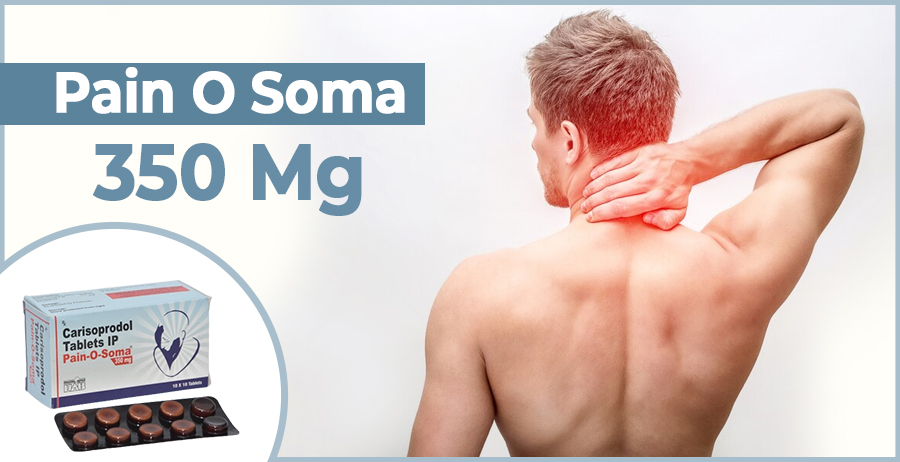Fungal infections can affect various parts of the body, causing discomfort and health complications if left untreated. Understanding the symptoms, types, and treatment options is essential for managing these infections effectively. Although Cephalexin 500mg is typically used for bacterial infections, it’s important to recognize and treat fungal infections properly. Here are seven key aspects to consider.
1. Symptoms of Fungal Infections
Fungal infections can present a variety of symptoms depending on the type and location of the infection. Common symptoms include:
- Itching
- Redness
- Swelling
- Scaling or flaking skin
- Blisters or pustules
- Cracking or peeling skin
- Discoloration or thickening of nails
These symptoms can vary in severity and may affect different parts of the body.
2. Types of Fungal Infections
There are several types of fungal infections, each caused by different species of fungi. Common types include:
- Athlete’s Foot (Tinea Pedis): Affects the feet, particularly the spaces between the toes.
- Ringworm (Tinea Corporis): Appears as a circular, red, itchy rash on the skin.
- Jock Itch (Tinea Cruris): Affects the groin area, causing itching and a red rash.
- Yeast Infections: Commonly caused by Candida species, affecting areas like the mouth (oral thrush) and genital region.
- Nail Fungus (Onychomycosis): Causes discoloration, thickening, and crumbling of nails.
- Scalp Ringworm (Tinea Capitis): Affects the scalp, leading to itchy, scaly patches and hair loss.
- Sporotrichosis: Caused by Sporothrix fungi, often affecting the skin, lungs, and joints.
3. Causes and Risk Factors
Fungal infections are primarily caused by exposure to fungal spores in the environment or direct contact with an infected person or animal. Risk factors include:
- A weakened immune system
- Poor hygiene
- Excessive sweating
- Prolonged exposure to moist environments
- Use of antibiotics like Cephalexin, which can disrupt normal bacterial flora and promote fungal growth
- Diabetes or other chronic health conditions
4. Diagnosis of Fungal Infections
Accurate diagnosis is crucial for effective treatment. Diagnosis typically involves a physical examination and may include laboratory tests such as:
- Skin scrapings or nail clippings for microscopic examination
- Fungal culture tests to identify the specific fungus
- Biopsy in severe or unclear cases
5. Treatment Options
Treatment of fungal infections depends on the type and severity of the infection. Common treatments include:
- Topical Antifungal Medications: Creams, ointments, and powders applied directly to the affected area.
- Oral Antifungal Medications: Pills or capsules prescribed for more severe or widespread infections.
- Over-the-Counter Treatments: Available for mild infections, such as antifungal creams and sprays.
6. Home Remedies and Prevention
In addition to medical treatments, several home remedies can help manage and prevent fungal infections:
- Keeping the affected area clean and dry: Moist environments promote fungal growth.
- Using antifungal powders: These can help keep the skin dry.
- Applying natural remedies: Tea tree oil, apple cider vinegar, and coconut oil have antifungal properties.
- Wearing breathable clothing: Reduces moisture buildup on the skin.
7. When to Seek Medical Help
While many fungal infections can be treated at home, it’s important to seek medical help if:
- The infection does not improve with over-the-counter treatments.
- The infection spreads or worsens.
- There are signs of a more serious infection, such as fever, excessive pain, or discharge.
- The infection recurs frequently, indicating a possible underlying condition.
In summary, understanding the symptoms, types, and treatment options for fungal infections is essential for effective management. Although Cephalexin is not used for infection, recognizing the appropriate treatments and preventive measures can help control these infections and improve overall skin health. Always consult a healthcare professional for persistent or severe infections to ensure proper treatment.








